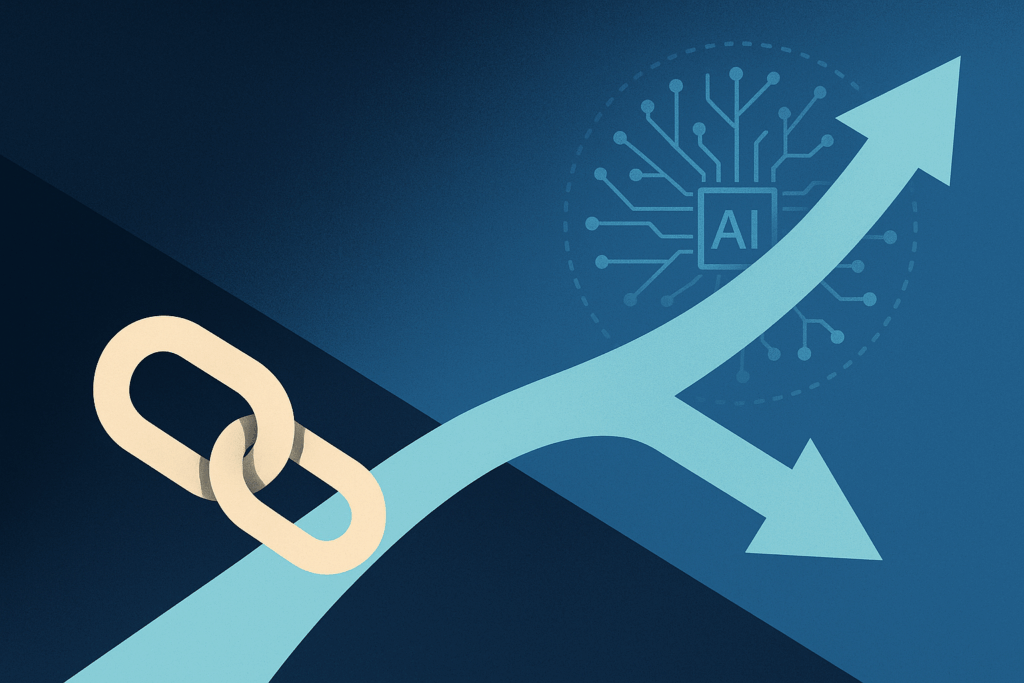Setting the Bar for Equity, Inclusion, and Accessibility
I had the opportunity to visit Cisco’s Toronto Innovation lab shortly after it opened, and I saw the future. They had implemented a level of smart technology I had yet to see in any other showcase, let alone implemented in a real office. Employees, when entering the building, were recognized, guided to their dynamically assigned workstation, and the lights and HVAC system automatically adjusted for their presence. The large office management company that controlled the building was so impressed they moved to adopt the technology in all their buildings. The one exciting problem was that since most everything was smart, you didn’t use electricians but technicians to install things like switches and lights, which pissed off the local electrical Union.
This smart office technology was likely incredibly helpful during the COVID-19 pandemic because empty offices don’t waste resources. These systems could easily be updated to integrate robotics or just alert maintenance staff to clean the space once they vacated.
However, Cisco has been using this site to increase its pandemic oriented efforts in Toronto, and the result is impressive.
Let’s talk about that this week.
Wi-Fi For the Masses
One of the big problems we discovered when schools and offices initially shut down is that there was an impressive number of homes that lack the necessary Wi-Fi coverage. Trying to go out and wire and connect individual homes with consumer-based Wi-Fi solutions would have not only been wicked expensive in terms of technician time, but the solution would be challenging to secure and maintain as well.
So, they stepped back and realized they could do it, using their small business Meraki Access points to create a cloud-managed solution. With centralized access points mounted on a roof or tower, this solution could provide coverage for a relatively large number of homes using business-grade components designed to cover large areas.
This approach allowed Cisco, working with Toronto city property managers, to cover 13,000 residents with 25 Wi-Fi access points. That’s not a typo; that’s 13 thousand residents with only 25 access points. The cost for this effort likely was in the $150,000 to $250,000 range. However, the cost for inside home solutions with installation would have been, using a guideline of $500 per home with installation, closer to $6.5 million, making for huge savings. And think of the cost of supporting 13,000 consumer-grade access points vs. a cloud-based automated solution covering only 25. That saving is likely more than $20,000 per month, depending on how well you can automate maintenance for consumer-grade equipment.
And given this new usage model, I’d expect Cisco to be developing customized solutions for this kind of deployment, which could provide even more excellent coverage and more significant cost savings. They called this effort Digital Canopy, and it could transform how we provide network coverage to low-income areas that currently lack internet connections.
Connected North @ Home
This Digital Canopy isn’t the only post pandemic effort from Cisco that is interesting. They also have an effort called Connected North @ Home, and it focuses on connecting indigenous schools in Canada. Using Cisco Webex for remote learning, they could connect remote students isolated by the pandemic to their schools, museums, zoos, artists, and storytellers.
Cisco was able to scale the solution to cover 15,000 students while providing full service to 65 schools with over 3000 learning sessions so far. Survey results were very positive, with 79% of the students saying it improved their interest in STEM (science, technology, engineering, and math) type classes. 95% of educators surveyed indicated that the result was extremely beneficial for their students. And finally, 81% of the students reported they were learning more now with this connected solution. They were even able to launch a donation-funded program where, for $200, someone could supply an expert guest speaker for groups of students.
Wrapping Up: Doing Well by Doing Good
Cisco represents what I think is the most aggressive social responsibility effort in the market. They have been extremely aggressive not only in terms of providing help and assistance during this pandemic but is addressing homelessness in areas where they have offices.
They stand out as the leading company showcasing you can do well by doing good things for others and providing network crisis teams for disaster relief to these latest programs assuring the COVID-19 pandemic doesn’t leave behind students in Canada. Companies can do well by doing good, and Cisco is the leading example.
- Lenovo’s Secret Weapon: Solving AI’s Failure-to-Launch Crisis - November 3, 2025
- Guarding the Digital God: The Race to Secure Artificial Intelligence - October 27, 2025
- Is Windows the New Internet Explorer? How Microsoft Is Slowly Killing Its Most Iconic Product - October 17, 2025




Comments are closed.